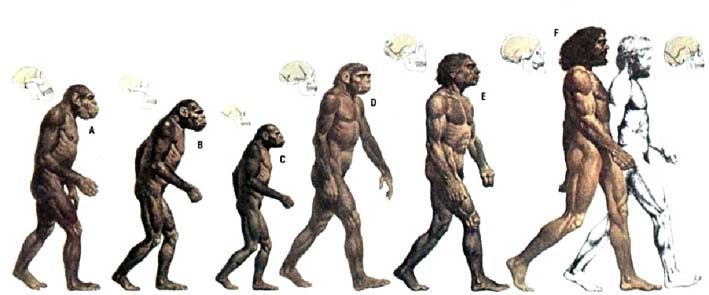A group of researchers based at the Aarhus University, Denmark have revolutionized the way academics and scholars think about comparative Anatomy and Physiology. While understanding and interpreting such difficult subjects, scientists, researchers, and people involved with the medical science rely on written content supported by two dimensional visual aids; Now things will get a lot more interesting as a couple of prodigious guys have formulated a unique way to aid the discovery, description, comprehension and communication of these hard to digest fields of medical science using 3D printed anatomical and physiological systems, explaining the co-relation in multiple species. This road map might decode the myth, “The evolution of Species“.
Lead-author Henrik Lauridsen and his team complied the data of 20 different animals of varying species using different scanning techniques and printers to 3D print their organs, these included shark, lung fish, tiger, dragon, ostrich and giraffe.
For anyone working in the medical profession, It turns out to be really hard understanding intricate systems with just written content and 2D pictures, some old and some new. “I think it’s not possible to completely understand the details of body parts like, bones, flesh and organs like heart and liver, they are too complex; books contain pictures and written material, a way more different compared to real patients”, says Sara Haq, a medical student who has recently obtained her degree.
“It can be difficult to describe a complex anatomical structure of an animal that you’ve never examined before with nothing but a flat piece of paper to work with,” says the author Henrik Lauridsen, who has over 40 citations and is currently working as assistant professor in the Department of Clinical Medicine at Aarhus University, Denmark. Lauridson explains that Converting to 3D models involves four steps namely: Sample preparation, data acquisition, data segmentation and finally printing.
Do We Really Need 3D Printing in Anatomy and Physiology?
Anatomy and Physiology are best understood when viewed in 3D space but lamentably all available data is documented in drawings and photographs after dissecting human and animal subjects. While these traditional approaches are too orthodox and time consuming, they not only arrest the process of information sharing but also delay the discoveries these subjects lie within. Modern 3D imaging systems like X-Ray tomography, Magnetic resonance imaging (MRI), and optical projection tomography(OPT) are able to develop interactive videos but still these can only be viewed on 2D screens, not showing what’s behind the wall. Realizing the potential of 3D printers researchers have developed models of complex humans systems commercially and individually using low cost desktop 3D printers.
Would there be any Benefits?
While 3D printing of anatomical and physiological specimens of unknown structures is a major leap forward, the digital data could be widely used and spread along a wide group of researchers, R&D companies and individuals. There are a few things must be really cared for: There’s a great saying for computers and 3D printers, “Garbage In, Garbage Out“. Quality of the final model largely depends on the segmentation, image data and preparation of the original sample. Most of these issues could be solved by using printers with precision greater than a<100 µm.
Whats the Future?



